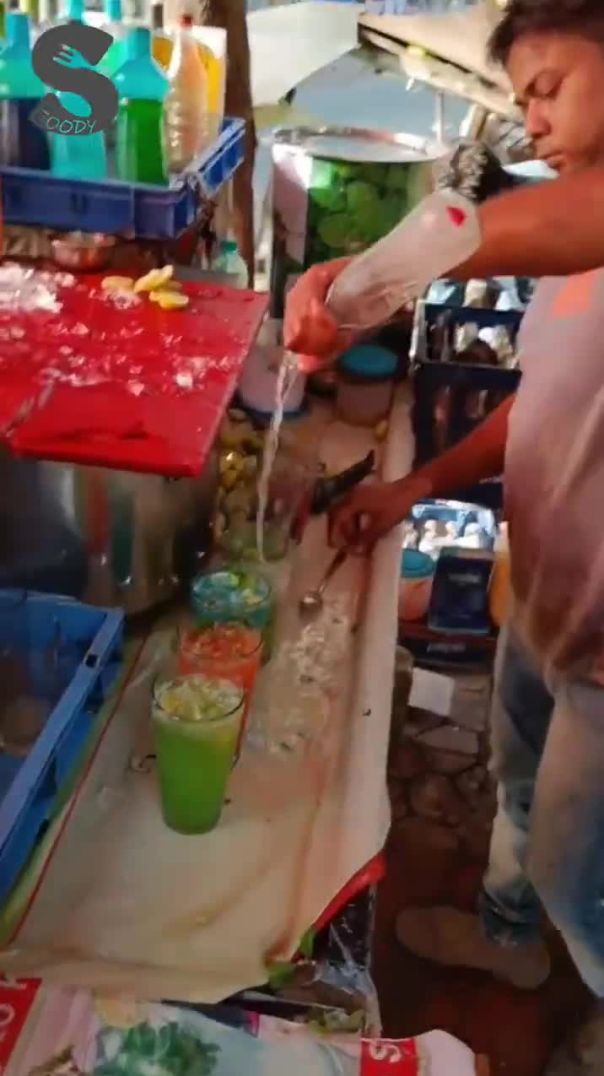766 Views· 31 May 2024
How to Produce Millions of Olive Soap Bar in Traditional Soap Factory - Olive Harvest and Processing
Producing millions of olive soap bars in a traditional soap factory involves a series of meticulous steps, from olive harvest and oil extraction to soap production and packaging. Here’s an in-depth look at the entire process:
#### 1. Olive Harvesting
The journey begins with the harvesting of olives, a crucial step in ensuring high-quality olive oil, which is the primary ingredient in olive soap.
- **Timing:** Olives are typically harvested in late autumn to early winter when they are ripe.
- **Methods:** Traditional methods include hand-picking or using long poles to knock the olives off the trees onto nets. Modern methods might involve mechanical shakers.
#### 2. Olive Processing
Once harvested, the olives need to be processed to extract the oil.
- **Cleaning:** Olives are washed to remove dirt, leaves, and stems.
- **Crushing:** Clean olives are crushed to create a paste, breaking down the olive flesh to release the oil.
- **Malaxation:** The olive paste is slowly mixed (malaxation) to allow smaller oil droplets to combine into larger ones.
- **Oil Extraction:** The paste is then pressed or centrifuged to separate the oil from the water and solid components. This can be done using traditional stone mills or modern centrifuges.
- **Filtration:** The extracted oil is filtered to remove any remaining impurities.
#### 3. Soap Production
With high-quality olive oil in hand, the soap-making process begins.
- **Formulation:** The soap formula is carefully crafted, combining olive oil with other ingredients such as water and an alkali (usually sodium hydroxide, also known as lye).
- **Saponification:** This chemical reaction between the oil and alkali produces soap and glycerin. In traditional methods, this mixture is often cooked in large vats for several hours.
- **Mixing:** During saponification, additional ingredients like essential oils, natural fragrances, and colorants may be added to enhance the soap’s properties.
#### 4. Molding and Cutting
Once the soap mixture is ready, it’s poured into molds.
- **Molding:** The liquid soap mixture is poured into large molds and left to cool and solidify. In traditional factories, wooden molds might be used.
- **Cutting:** After solidification, the large soap blocks are cut into individual bars. This can be done manually or with automated cutting machines.
#### 5. Curing
Curing is an essential step in traditional soap making, ensuring the soap hardens properly and is safe for use.
- **Drying:** The cut soap bars are laid out on racks or shelves in a well-ventilated area to cure. This process can take several weeks, allowing excess water to evaporate and the soap to harden.
- **Quality Control:** During curing, each batch is inspected to ensure consistency and quality.
#### 6. Packaging
Once the soap bars are fully cured, they are ready for packaging.
- **Labeling:** Each bar is labeled with information about its ingredients, benefits, and usage.
- **Wrapping:** Traditional soap bars are often wrapped in paper or boxed, preserving their quality and enhancing their aesthetic appeal.
- **Bulk Packaging:** Finally, the wrapped soap bars are packed into larger boxes for distribution and sale.
#### Scaling Up Production
To produce millions of soap bars, traditional soap factories may incorporate certain modern efficiencies while maintaining their artisanal methods.
- **Automation:** While the essence of traditional methods is preserved, certain steps like cutting and packaging might be automated to increase production capacity.
- **Quality Control Systems:** Implementing stringent quality control systems ensures each soap bar meets high standards despite the large scale of production.
- **Sustainable Practices:** Emphasizing sustainable harvesting and production practices helps maintain the integrity of traditional methods and supports environmental stewardship.
#### Conclusion
Producing millions of olive soap bars in a traditional soap factory is a complex but rewarding process that combines age-old techniques with modern efficiencies. From the careful harvesting of olives to the meticulous curing and packaging of each soap bar, every step is vital in creating a product that honors tradition while meeting contemporary demands.




























0 Comments